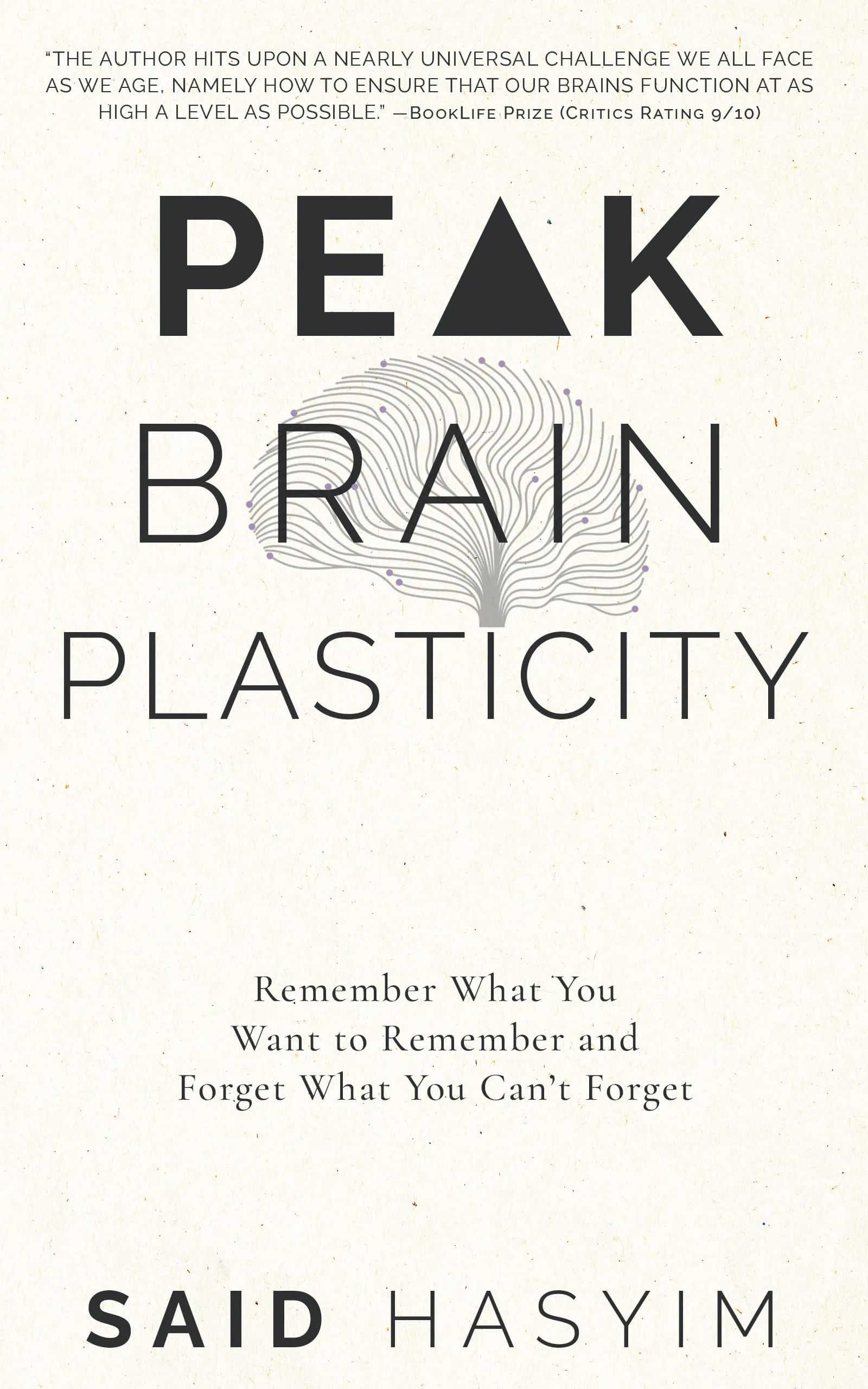Strategies to Let Go of Unwanted Memories
Unwanted memories can feel like uninvited guests that linger and disrupt our peace of mind. There are times when we find ourselves haunted by past experiences—whether they are painful, embarrassing, or simply something that we would prefer to forget. While it’s normal to recall past events, especially those that have emotionally impacted us, dwelling on them can hinder our emotional well-being. If you’re searching for ways to let go of unwanted memories, you've come to the right place. In this blog post, we will explore several strategies that can help you release those mental burdens and regain your sense of inner peace.
1. Acknowledge and Accept
The first step toward letting go of unwanted memories is to acknowledge their existence. Ignoring or suppressing painful memories can lead to increased anxiety and emotional distress. Accepting that these memories are part of your life story allows you to confront them head-on. Practice self-compassion and remind yourself that it’s okay to feel upset or sad about certain experiences. Writing in a journal can be an effective way to express your thoughts and feelings.
Tips:
- Set aside time to reflect on the memory without judgment.
- Write down how the memory makes you feel, allowing yourself to experience those emotions.
2. Reframe Your Perspective
Reframing involves looking at a negative experience from a different angle. Instead of viewing an unwanted memory solely as a source of pain, try to identify any lessons or growth that emerged from that experience. Change the narrative by focusing on how it has contributed to your resilience and personal development.
Activity:
- Create a list of positive outcomes or lessons you've gained from the memory and place it somewhere visible as a reminder.
3. Mindfulness and Meditation
Mindfulness practices, such as meditation, can help you cultivate a greater awareness of your thoughts and emotions. By focusing on the present moment, you can observe unwanted memories as mere thoughts, rather than allowing them to overwhelm you. Mindfulness teaches us that thoughts are transient and don’t define who we are.
Techniques:
- Engage in guided meditation sessions focusing on letting go.
- Practice deep-breathing exercises to calm your mind and ground yourself in the present.
4. Establish Healthy Boundaries
Sometimes, unwanted memories are triggered by specific people, places, or activities. Establishing healthy boundaries can help you minimize exposure to these triggers. Whether it means distancing yourself from certain relationships or avoiding environments linked to those memories, prioritize your well-being.
Strategies:
- Identify triggers associated with unwanted memories.
- Communicate your needs to friends and family, explaining why certain interactions might be difficult for you.
5. Create New Memories
One of the most effective ways to let go of unwanted memories is to fill your life with new, positive experiences. Engage in activities that bring you joy, explore new hobbies, or simply spend time with loved ones who uplift your spirits. Creating cherished memories can help overwrite the old, unwanted ones.
Suggestions:
- Take a weekend trip to a location you've always wanted to visit.
- Join a class or group that interests you, forming new connections with people.
6. Seek Professional Help
If unwanted memories significantly impact your daily functioning or mental health, it may be beneficial to seek professional help. Therapists and counselors can provide tailored strategies to cope with intrusive thoughts and past traumas. They can guide you through the process of healing and help you navigate the emotional difficulties that arise from unwanted memories.
Considerations:
- Look for a therapist specializing in trauma or cognitive behavioral therapy (CBT).
- Support groups can also offer a safe space to share experiences and learn from others.
7. Practice Gratitude
Cultivating a mindset of gratitude can shift your focus from painful memories to the positive aspects of your life. By recognizing the things you are thankful for, you create a more balanced perspective, allowing you to appreciate the present moment.
Daily Exercise:
- Start a gratitude journal where you list three to five things you are grateful for each day.
- Reflect on positive memories and experiences that have shaped your life.
8. Limit Repetitive Thoughts
The brain often likes to dwell on troubling thoughts, creating a cycle of repetition. When an unwanted memory arises, consciously redirect your focus to another thought or activity. This practice, sometimes referred to as “thought-stopping,” can help break the cycle.
Techniques:
- Use a rubber band on your wrist and snap it gently every time an unwanted thought surfaces.
- Engage in a physical activity, such as going for a walk or exercising, whenever you feel inclined to ruminate.
9. Write a Letter
Writing a letter, whether to yourself or someone related to the unwanted memory, can provide closure. You don’t need to send the letter; the act of writing helps you express emotions and clarify your thoughts. It can be cathartic to articulate how you feel and what you need to let go of.
Steps:
- Write down your feelings and thoughts regarding the unwanted memory.
- End the letter by expressing your desire to move forward and let go.
Conclusion
Letting go of unwanted memories is not an instantaneous process; it requires patience and self-compassion. By utilizing various strategies, you can gradually release the grip of the past on your present. Remember, it’s perfectly valid to seek out support when needed and to honor your unique journey toward healing. As you learn to let go, you will create space for new experiences and memories that enrich your life. Take the first step toward your emotional freedom today!
Harness the Power of Neuroplasticity
Discover Peak Brain Plasticity, a practical book to harnessing neuroplasticity. Enhance your memory, learn new languages quickly, and alleviate anxiety with effective study methods. Uncover daily habits that impact cognitive health and explore techniques for accelerated learning and memory retention. Unlock your brain's potential for growth and transformation.
